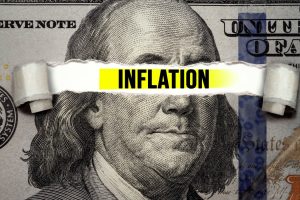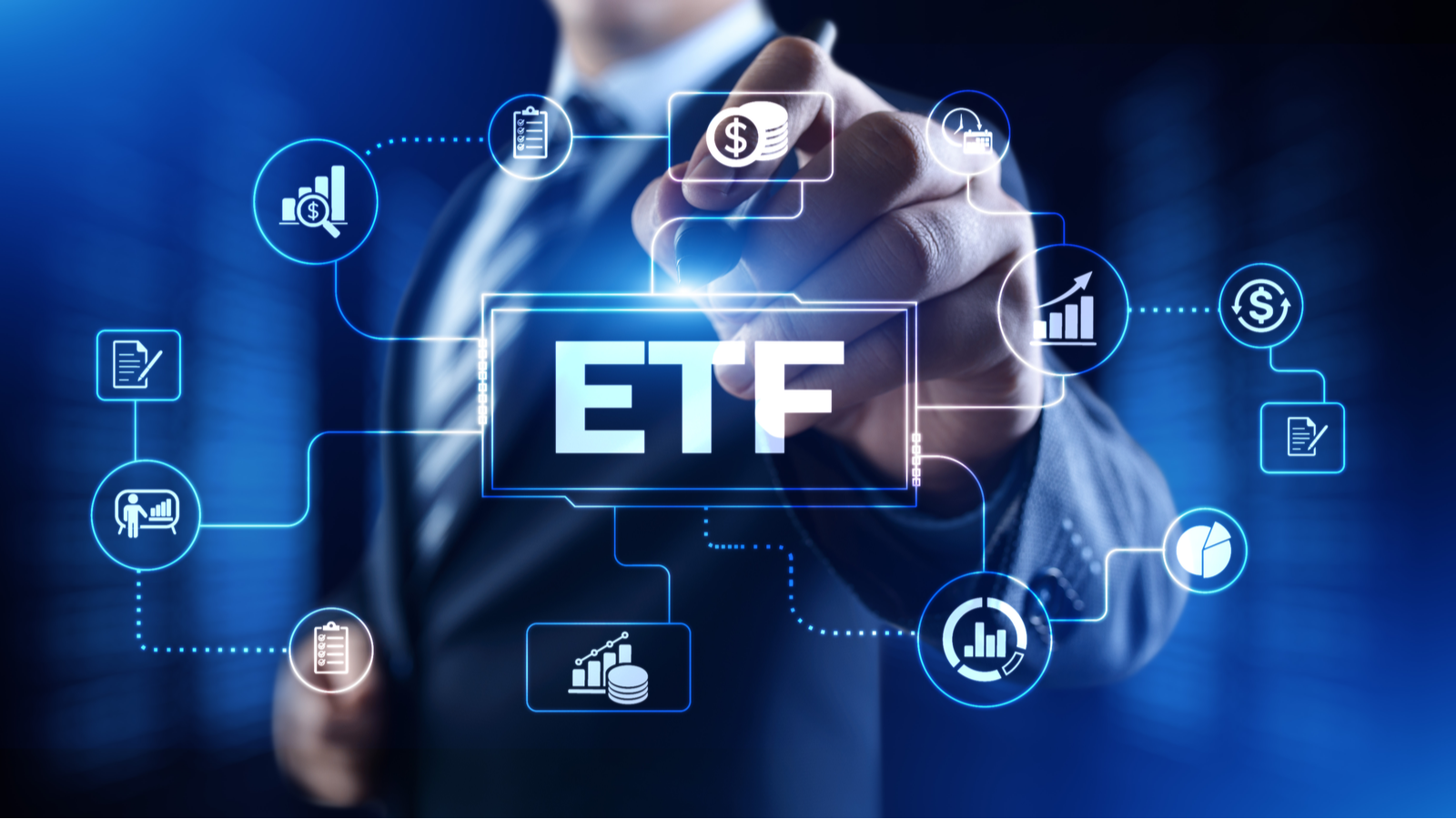
One of the biggest reasons investors should consider fund-of-funds ETFs is their simplicity. Sure, you could replicate the holdings of existing top fund-of-funds ETFs. By doing so, you’d save on the total fees you pay. However, as Morningstar recently discussed, is it worth it for an investor with $10,000 to replicate the strategy of fund-of-funds ETFs to save $9 annually? They argue, as would I, that your time is worth far more than that.
Unless you’re a professional investment manager getting paid to follow the funds that makeup these ETFs, it’s far more sensible to pay the fees. Here are three fund-of-funds ETFs to buy to automate your investing strategy.
iShares Core Aggressive Allocation ETF (AOA)
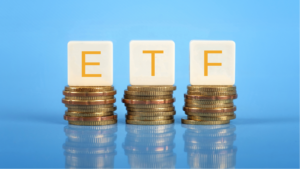
The iShares Core Aggressive Allocation ETF (NYSEARCA:AOA) tracks the performance of the S&P Target Risk Aggressive Index. The index is intended to be an aggressive target risk allocation strategy with a large equity representation and a small amount of fixed income for good measure.
AOA is part of iShares’ core allocation funds, a group of four all-in-one ETFs that provide investors with an easy way to cover equity and fixed-income asset classes for just 0.15% annually.
This is the largest fund-of-funds ETF on my list. AOA has total net assets of $1.6 billion. It’s been around since November 2008, so it is one of the oldest.
As the iShares page for AOA suggests, “[It is] A simple way to build a diversified core portfolio based on more aggressive risk considerations using one low-cost fund.”
AOA has seven ETFs in its portfolio, with five equity ETFs and two fixed income. Equities account for 80.35%, fixed income is 19.22% and cash and derivatives come in at 0.43%. The top three sectors by weight are technology with 21.42%, financial services with 14.81% and healthcare with 11.63%.
If you believe in the S&P 500, this is your fund-of-funds ETF.
Cambria Global Asset Allocation ETF (GAA)
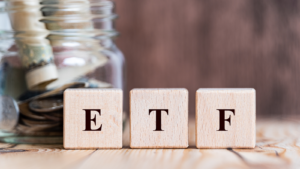
Cambria Investment Management L.P. is the investment advisor for the Cambria Global Asset Allocation ETF (BATS:GAA). The portfolio manager is Meb Faber, the co-founder and CEO of the Cambria Investment. Faber has managed the active ETF since its launch in December 2014.
Page 2 of the ETFs prospectus states:
“The Fund is designed to provide absolute positive returns with reduced downside volatility, manageable risk, and smaller drawdowns (i.e., peak-to-trough declines in performance) by identifying an investable portfolio of exchange-traded vehicles that provide diversified exposure to all of the major asset classes in the various regions, countries, and sectors around the globe,”
The ETF currently has 24 h0ldings, all of them ETFs. Of those funds, six are other Cambria Funds. Its top 10 holdings account for 63% of the ETF’s $47.9 million net assets.
The top three sectors by weight are financial services with 15.11%, real estate with 14.82% and consumer cyclical with 13.72%.
GAA has a good dose of equities and fixed-income securities spread across all sizes of companies. As a result, the ETF’s average market cap is $5.25 billion.
The ETF charges 0.42%, which is the fee for each of the ETFs held by the fund. There is no fee on top of that for providing an actively-managed fund-of-funds.
FormulaFolios Smart Growth ETF (FFSG)
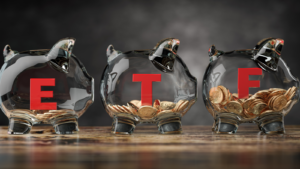
The actively managed FormulaFolios Smart Growth ETF (BATS:FFSG) can best be described as utilizing a top-down macroeconomic approach to its portfolio construction. When macroeconomic conditions suggest the broad markets are bullish, it invests 100% in growth-oriented ETFs. When these conditions are bearish, it goes to 50% in growth-oriented ETFs and 50% in Treasuries.
FFSG currently holds three iShares ETFs, two State Street ETFs, one Vanguard ETF, and cash. They also hold the SPDR Bloomberg 1-3 Month T-Bill ETF (NYSEARCA:BIL), which accounts for 23.25% of FFSG’s total portfolio.
The portfolio gives investors a little bit of small, mid-, large-cap, and dividend stocks in a simple fund-of-funds.
The ETF was launched in October 2017. It has an annualized total return of 11.11% over the past three years through July 10. It was down 14.27% in 2022. Year-to-date, it has a total return of 6.38%.
While the portfolio managers have yet to go to 50% Treasuries, rising interest rates and a potential 2024 recession could force their hand.
On the date of publication, Will Ashworth did not have (either directly or indirectly) any positions in the securities mentioned in this article. The opinions expressed in this article are those of the writer, subject to the InvestorPlace.com Publishing Guidelines.





